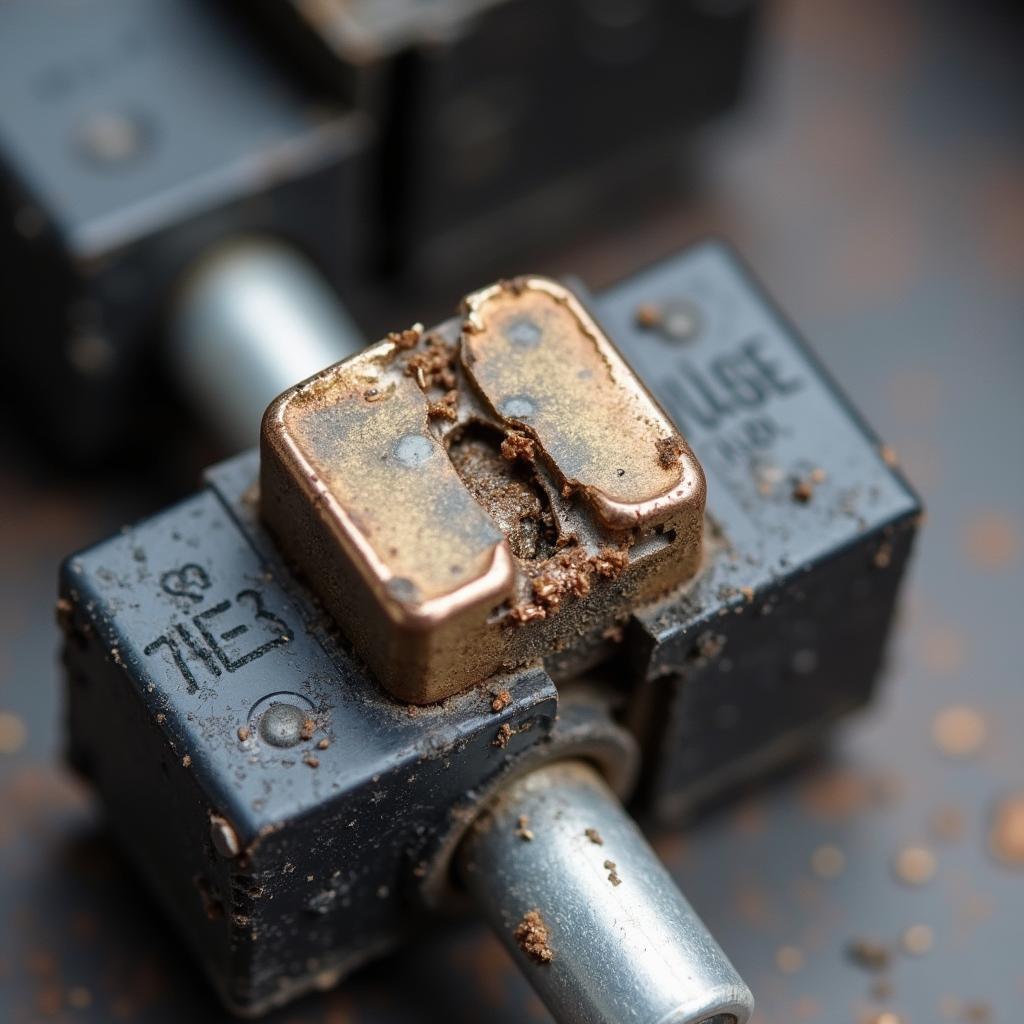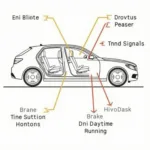A malfunctioning cigarette lighter might seem like a minor inconvenience, but it can be surprisingly frustrating, especially if you rely on it to power your devices. Before you resign yourself to a life without conveniently charged phones or GPS devices, there’s good news! Repairing a car cigarette lighter is often a straightforward DIY project. This guide will walk you through the common culprits and provide easy-to-follow steps on how to get your car cigarette lighter working again.
Identifying the Problem: Is it the Lighter or the Socket?
Before diving into repairs, it’s crucial to pinpoint the root of the problem. Sometimes, the issue isn’t the lighter itself, but the socket it plugs into.
Here’s how to tell:
- Test with a different device: Try plugging in a different device that you know works, like a phone charger. If it powers on, the socket is likely fine, and the problem lies with your cigarette lighter.
- Visually inspect the socket: Check for any debris, melted plastic, or a loose or damaged center contact. These could all prevent the lighter from making a proper connection.
Common Cigarette Lighter Problems and Solutions
Once you’ve identified whether the issue lies with the lighter or the socket, you can move on to troubleshooting and repairs.
1. Blown Fuse
One of the most common culprits behind a dead cigarette lighter is a blown fuse. The fuse acts as a safety mechanism, breaking the circuit if there’s a power surge.
How to fix it:
- Locate the fuse box: Consult your car’s owner’s manual to find the fuse box, typically located under the dashboard or in the engine bay.
- Identify the correct fuse: The owner’s manual will also indicate which fuse corresponds to the cigarette lighter, often labeled as “CIG” or “ACC.”
- Inspect the fuse: Remove the fuse using the fuse puller (usually located in the fuse box cover) and check for a broken wire or a dark, discolored spot indicating a blown fuse.
- Replace if necessary: If the fuse is blown, replace it with a new one of the same amperage.
2. Faulty Cigarette Lighter
If the fuse is intact, the problem might be with the cigarette lighter itself. Over time, the heating element can wear out or become damaged.
How to fix it:
- Purchase a replacement: Cigarette lighters are inexpensive and readily available at auto parts stores. Choose one that matches your car’s make and model for compatibility.
- Install the new lighter: Gently push the new lighter into the socket until it clicks into place.
3. Damaged Socket
A damaged cigarette lighter socket can result from wear and tear, improper use, or a short circuit.
How to fix it:
Repairing a damaged socket often requires some electrical know-how and may be best left to a professional. However, if you’re comfortable with basic car electrics:
- Disconnect the battery: Locate the negative terminal of your car battery and disconnect it to prevent electrical shocks.
- Access the socket: Depending on your car model, you may need to remove trim panels or the center console to access the back of the cigarette lighter socket.
- Inspect the wiring: Check the wires connecting to the socket for any damage, loose connections, or signs of burning.
- Repair or replace: If the damage is limited to the wiring, you may be able to repair it. However, if the socket itself is damaged, it’s best to replace it entirely.
car cigarette lighter plug repair
Preventing Future Problems
Once you’ve successfully repaired your car cigarette lighter, it’s wise to take steps to prevent future issues:
- Use the correct amperage fuse: Always replace a blown fuse with one of the same amperage to avoid electrical damage.
- Avoid overloading the circuit: Don’t plug in multiple high-power devices into the cigarette lighter socket simultaneously. This can overload the circuit and blow the fuse.
- Handle the lighter with care: Avoid dropping or mishandling the cigarette lighter, as this can damage the heating element.
- Keep the socket clean: Regularly clean the cigarette lighter socket to remove dust, debris, or any spilled liquids that could cause a short circuit.
When in Doubt, Consult a Professional
While repairing a car cigarette lighter can be a simple DIY project, it’s essential to prioritize safety and avoid attempting repairs beyond your comfort level. If you encounter any complex issues or are unsure about any step of the process, it’s always best to consult a qualified mechanic.



